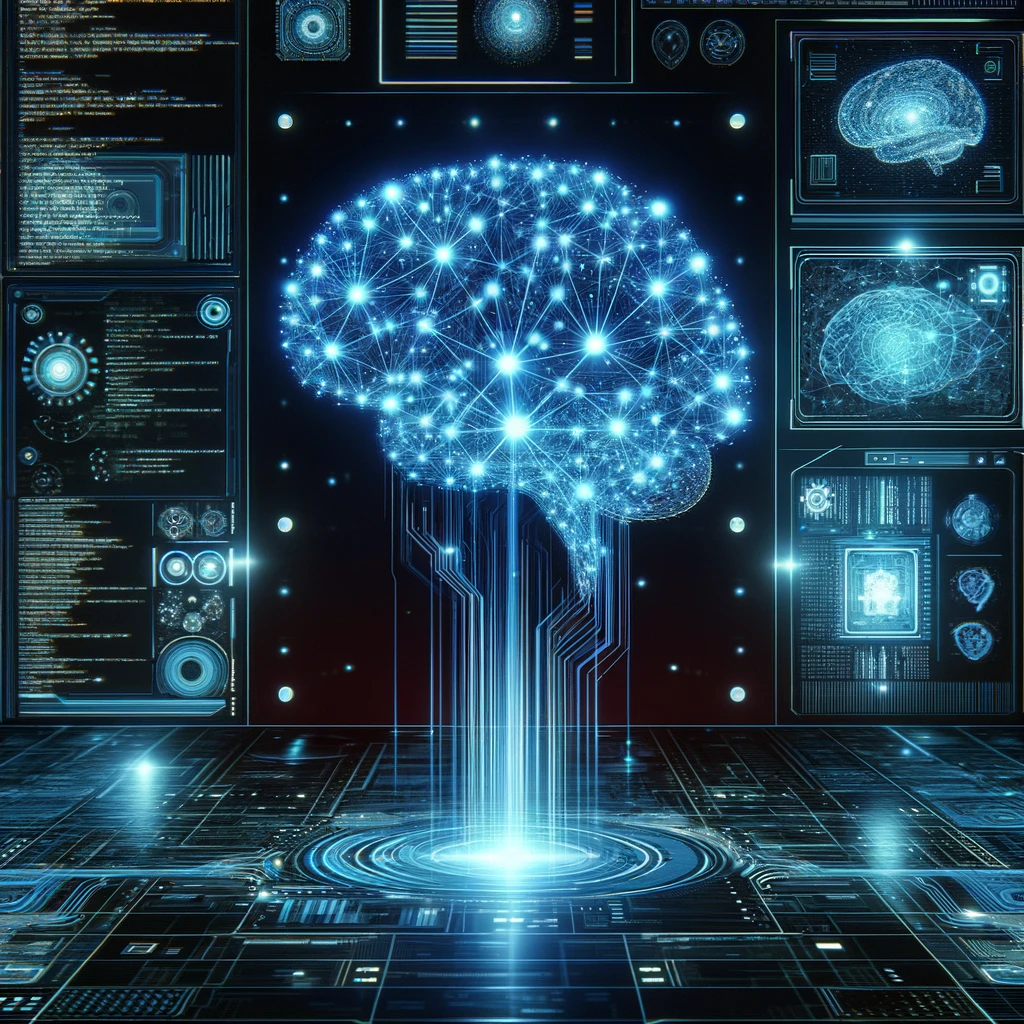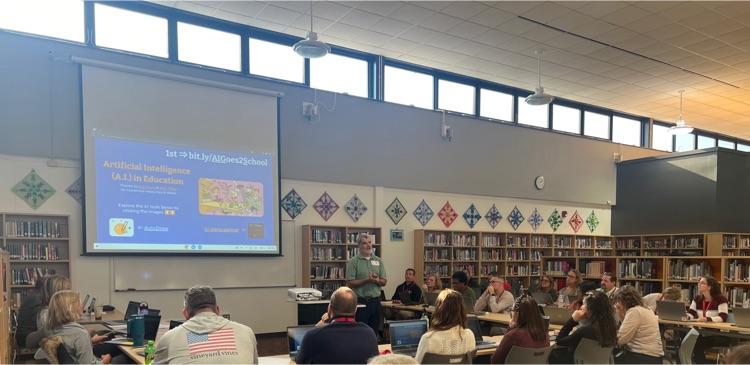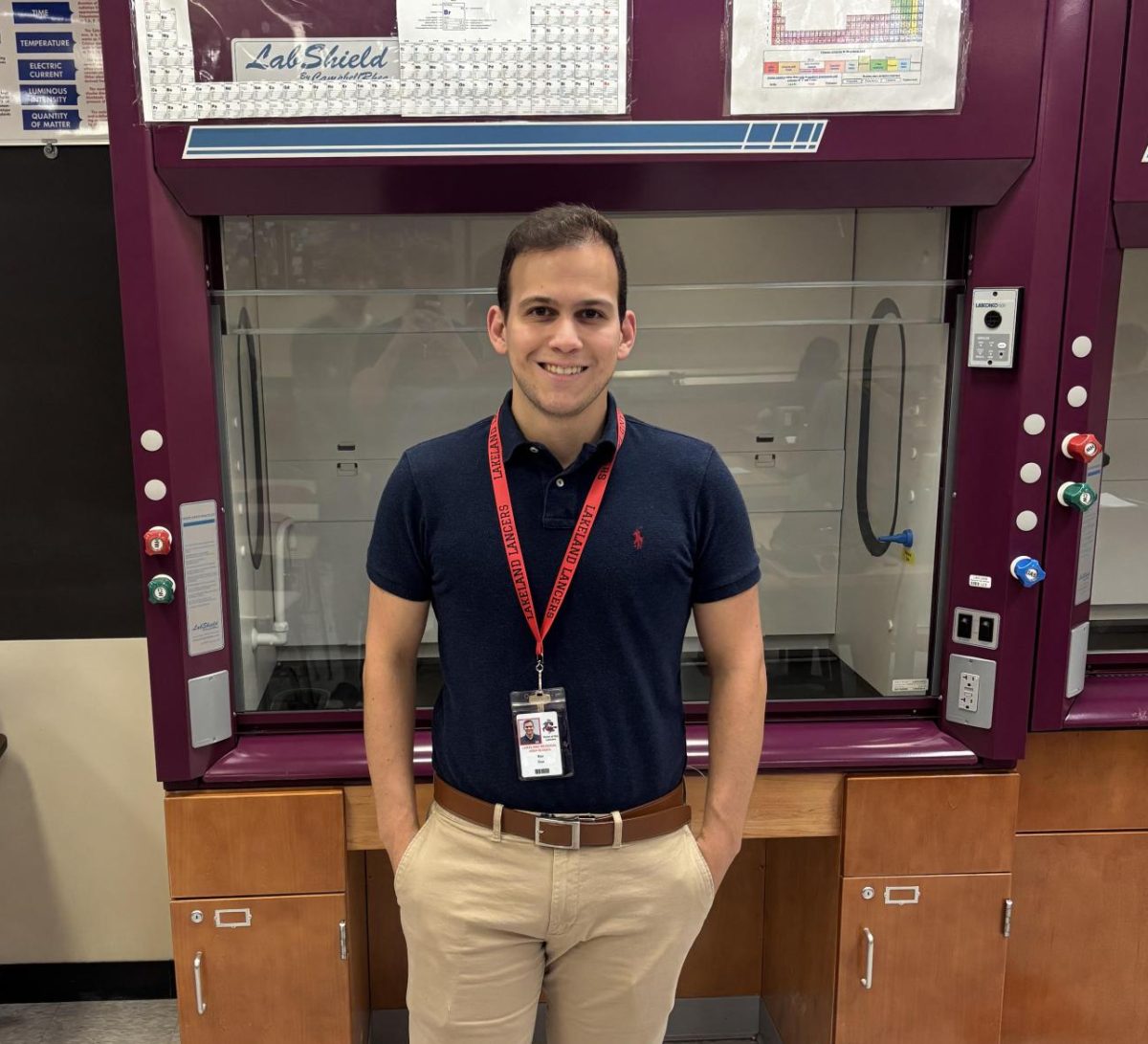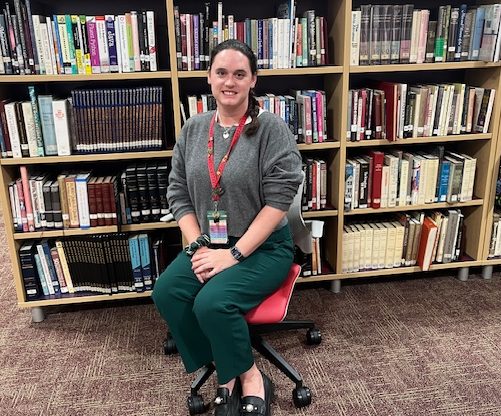As technology continues to advance, teachers and administrators throughout the world are constantly working on ways to keep students relevant and up to speed with these changes. With the rise of artificial intelligence (AI) and programs that are easily accessible to anyone with Internet access, school districts around the country, including Lakeland Regional High School, are learning how to embrace AI in various ways throughout a classroom.
What is AI?
AI are applications that are used to perform complex tasks that used to require human intelligence. AI is meant to simulate human intelligence in a machine such as a computer or phone. AI comes in many forms from image generation such as DALL E or Midjourney or more notably text generating chatbots like ChatGPT. These chatbots are capable of finding information on almost every subject available as well as generating fully written paragraphs and on almost any topic based on what prompt you give it. This ability to generate a written response to almost any question or description has seen the chatbot rise to the public lens especially
Pros and Cons
Artificial intelligence is a growing platform throughout education. There are endless pros and cons about how it is being used and how it is affecting students in the classroom. A chatbot can generate an answer for any question within seconds, and teachers and students are using that to their best advantage. According to an article written by the University of St. Thomas, chatbots can help with writer’s block, and assist students with coming up with ideas for what they’re writing. AI can translate different languages and aid students who could need that in a classroom with others speaking something they cannot understand fully.For instance, LRHS English teacher, Ms. Kali Spoelstra, uses Chat GPT to translate her assignments and docs for her English Language Learners. Google Translate is also used to assist with face-to-face teaching in her classroom. LRHS business teacher, Ms. Jessica Geyer, says that more personalized learning is an impact for AI in LRHS. Ms. Geyer says, “AI can analyze student data to identify their strengths, weaknesses, and learning styles.” She explains further reasons how AI has formed a positive classroom environment for both the teachers and students.
Along with this, there is a negative side of using AI and chatbots. According to Promethean, a leader in smart boards technology, when students use AI in an improper manner, it can affect the students critical thinking skills and thought capacity. By improper usage, such as the copy and pasting of AI responses, students rely on these chatbots instead of doing their own work. Ms. Geyer says, “The fear is rooted deeply in the fact that students are utilizing information from large language models and claiming work as their own. We have put school policies in place to mitigate this issue, and teachers have done an incredible job of modifying best practices to ensure that this doesn’t happen.” She explains that by knowing the impact of what AI can do, the staff at LRHS implanted rules to prevent a downfall of the student learning such as a loss of critical thinking skills.
AI in Education
While some teachers have expressed their worries about the potential risks of AI, such as cheating, others have stated that they believe it to be the most influential development in education. Teachers can positively incorporate the tactics of AI into their lesson plans by helping them create assessments, develop ways to approach difficult materials, and form diversified information. Ms. Geyer, when asked about the benefits of AI in a classroom, stated, “AI tools handle tedious tasks like grading essays, scheduling tests, and providing basic feedback, freeing up teachers’ time for more meaningful interactions with students.”
Although it may seem strenuous to openly allow AI to have power over their work, it does not have to majorly affect the way educators teach within their classrooms. According to Education Next, websites such as Khan Academy, DuoLingo, and Varsity Tutors are used by teachers everyday, and have publicly discussed the fact that they have permitted AI to supply them with personalized learning assistance. Furthermore, Google has recently tried out a new AI Notebook, which is said to observe a student’s notes and provide them with questions that fit the style they learn with. These developments could soon reach Google Classroom, possibly making it to over half of all U.S. schools.
Although AI tools are not used regularly throughout LRHS at the present, Mr. Truong, math and computer science teacher at LRHS, stated, “In Computer Science, AI is very popular right now and can be used for good.” Additionally, English teacher, Ms. Ann Pagano, has started to teach students how to use AI ethically.
As artificial intelligence continues to grow within education, it is reasonable for teachers to expect that these systems will persist to expand in power and access, and it is fully encouraged that they open-mindedly explore the possibilities that AI has to offer.
AI at LRHS

On Wednesday, December 13, 2023, a majority of the teaching staff at LRHS attended a professional development (PD) on AI. The PD, which was led by Kiker Learning, focused on how teachers can use AI and what it is and isn’t capable of, showing both the negative and positive impacts on education.
Since the PD, Mr. Michael Novak, Assistant Superintendent of Curriculum & Instruction, told the Ledger there has been an increase in teachers using AI in classrooms with approved programs.On a personal note, Mr. Novack expressed that he has used AI to make his workflow easier and more efficient.
Ms. Geyer, a district technology coach, helped set up the PD and uses AI in her business classrooms, said, “Many of the newest businesses in early development stages are using AI Technology. I infuse bell ringers in my classes where we discuss businesses with AI capabilities.”
In order to ensure that students are using AI ethically, the 5701 Academic Dishonesty was updated in July of 2023 to set boundaries for using AI. The policy does not ban students from using AI to help them with their assignments, but from undermining “the requirement for independent thought.”













